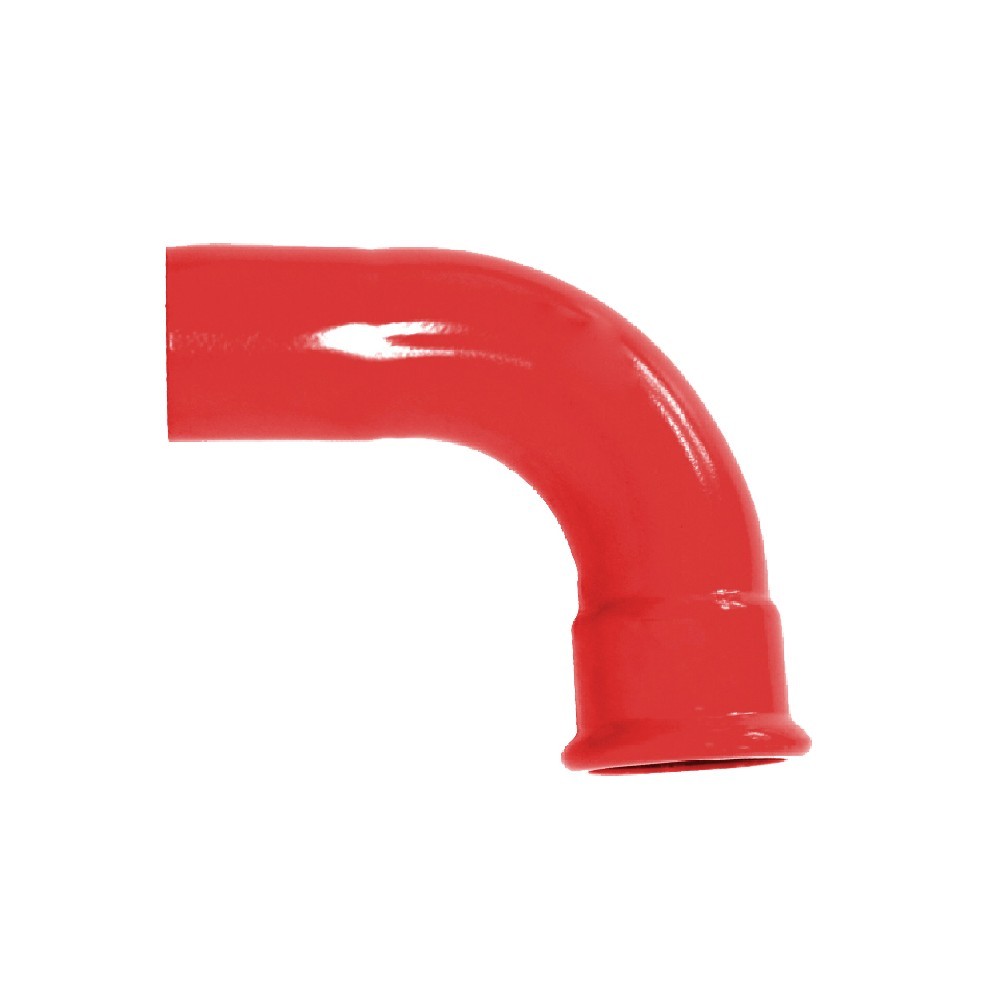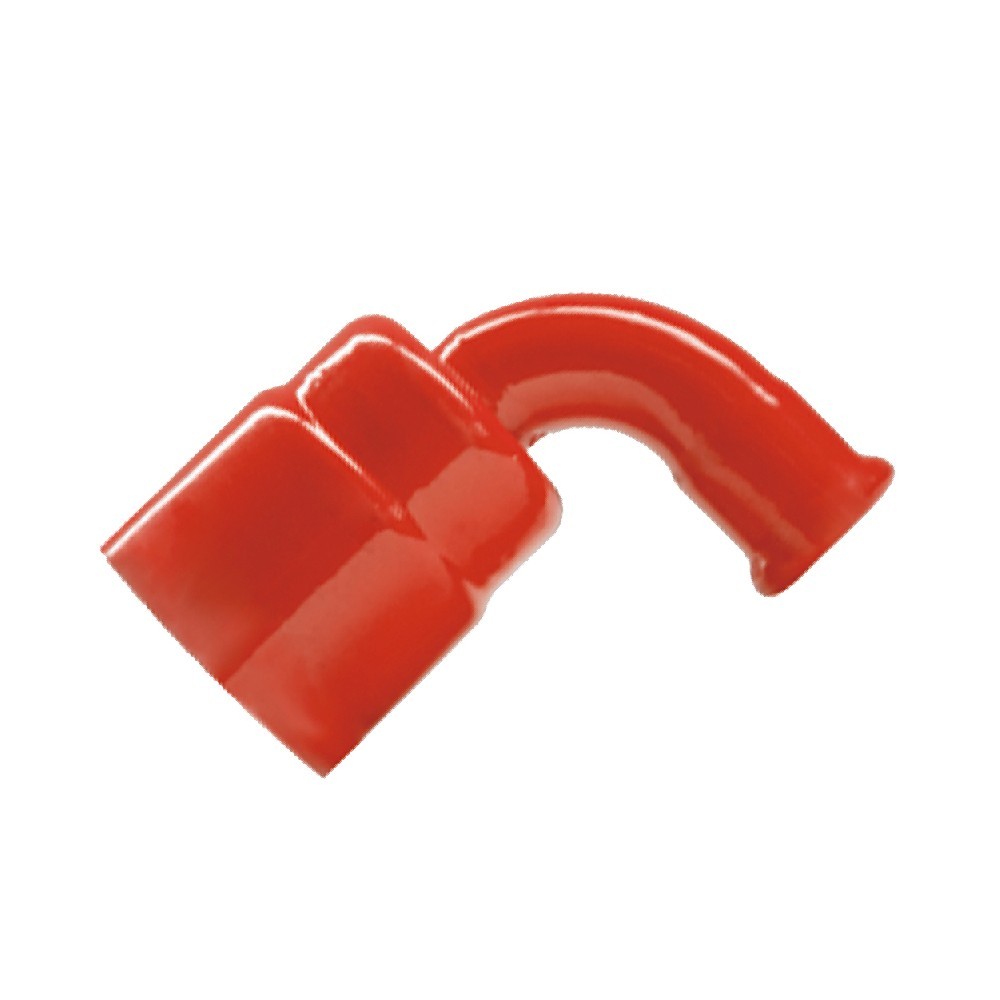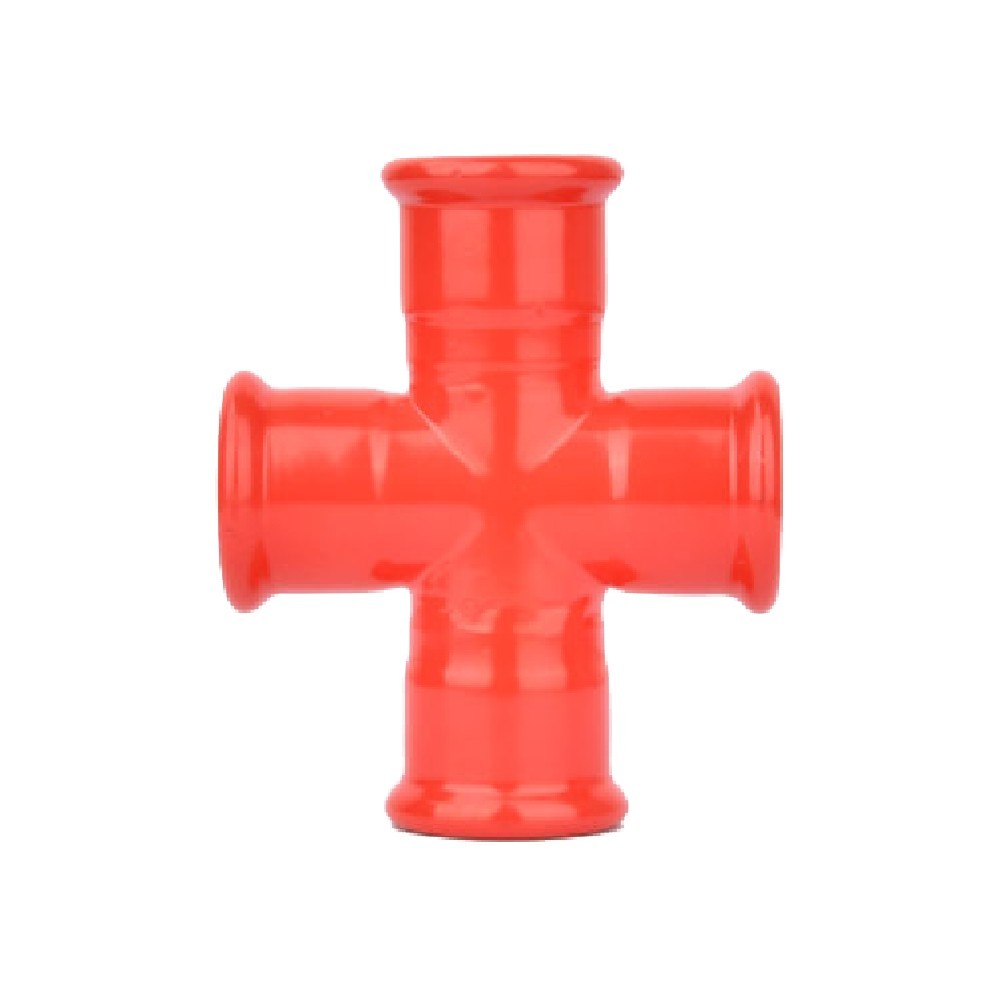Why Choose 45° Obtuse Equal Elbows for Your Next Building Project?
May 29,2025
Why Choose 45° Obtuse Equal Elbows for Your Next Building Project?
Table of Contents
- 1. Introduction to 45° Obtuse Equal Elbows
- 2. Understanding Elbows in Construction
- 3. Benefits of Using 45° Obtuse Equal Elbows
- 3.1 Improved Flow Characteristics
- 3.2 Reduced Pressure Drop
- 3.3 Enhanced Durability and Longevity
- 3.4 Aesthetic Advantage
- 4. Applications of 45° Obtuse Equal Elbows
- 5. Materials and Manufacturing of Equal Elbows
- 6. Installation Guide for 45° Obtuse Equal Elbows
- 7. Maintenance and Care
- 8. Conclusion
- 9. FAQs
1. Introduction to 45° Obtuse Equal Elbows
In the realm of construction and architecture, the choice of materials and fittings is paramount to the success of any project. Among the various components utilized, **45° obtuse equal elbows** are often overlooked, yet they play a vital role in ensuring the integrity and efficiency of piping systems. These specialized fittings allow for smooth transitions in direction, accommodating various angles without compromising flow or structural integrity. This article explores the many reasons why integrating 45° obtuse equal elbows into your next building project can yield substantial benefits.
2. Understanding Elbows in Construction
Elbows are essential components in piping systems, enabling changes in direction. They come in various angles, including 90°, 45°, and obtuse angles. **Obtuse elbows**, particularly the 45° variation, are favored for their versatility and efficiency. The choice of elbow angle directly impacts flow rates and system performance, making it critical to understand their applications and benefits.
3. Benefits of Using 45° Obtuse Equal Elbows
Incorporating **45° obtuse equal elbows** into your building project comes with a myriad of advantages. Below, we delve into the specific benefits that make these fittings an excellent choice for modern construction.
3.1 Improved Flow Characteristics
One of the primary advantages of using 45° obtuse equal elbows is the **improved flow characteristics** they offer. The gradual angle facilitates smoother transitions, minimizing turbulence and ensuring that fluids or gases flow through the system more efficiently. This characteristic is particularly important in applications where maintaining flow rates is critical, such as in plumbing and HVAC systems.
3.2 Reduced Pressure Drop
Pressure drop is a common concern in piping systems, as it can lead to decreased efficiency and increased operational costs. Utilizing 45° obtuse equal elbows can significantly **reduce pressure drop** compared to sharper angles, such as 90° elbows. The reduced pressure drop translates to lower energy consumption, which can result in cost savings over time.
3.3 Enhanced Durability and Longevity
Constructed from high-quality materials, **45° obtuse equal elbows** are designed to withstand various environmental conditions and stresses. Their robust design contributes to **enhanced durability and longevity**, making them a wise investment for any construction project. By minimizing the risk of leaks or failures, these fittings can help maintain system integrity over extended periods.
3.4 Aesthetic Advantage
Beyond functionality, **45° obtuse equal elbows** also offer aesthetic benefits. Their sleek design can complement modern architectural styles, contributing to the overall visual appeal of a building. Choosing fittings that align with design goals can elevate the project's value while meeting practical requirements.
4. Applications of 45° Obtuse Equal Elbows
The versatility of **45° obtuse equal elbows** makes them suitable for a wide range of applications in construction and beyond. Here are some prominent areas where these fittings can be effectively utilized:
4.1 Plumbing Systems
In plumbing systems, the use of 45° obtuse equal elbows can facilitate smooth transitions between pipes, ensuring optimal water flow and reducing the risk of blockages. Their ability to maintain pressure while allowing for directional changes makes them a staple in residential and commercial plumbing applications.
4.2 HVAC Systems
Heating, ventilation, and air conditioning (HVAC) systems benefit significantly from the incorporation of **45° obtuse equal elbows**. These fittings allow for efficient airflow, which is crucial for maintaining comfortable indoor environments. By reducing pressure losses, they enhance the overall performance of HVAC systems, leading to energy savings and improved comfort.
4.3 Industrial Processes
In industrial applications, the need for reliable and efficient piping systems is paramount. **45° obtuse equal elbows** are widely used in various processes, including chemical manufacturing, food processing, and wastewater management. Their durability and ability to handle high pressures and temperatures make them ideal for demanding environments.
5. Materials and Manufacturing of Equal Elbows
The effectiveness and longevity of **45° obtuse equal elbows** largely depend on the materials used in their construction. Common materials include stainless steel, PVC, and copper. The choice of material should align with the specific requirements of the application, such as temperature tolerance, corrosion resistance, and pressure ratings.
Manufacturing processes for these fittings involve precision engineering to ensure that they meet industry standards. High-quality manufacturing not only ensures the fitting's performance but also enhances safety, making it crucial to source elbows from reputable suppliers.
6. Installation Guide for 45° Obtuse Equal Elbows
Proper installation is essential for maximizing the benefits of **45° obtuse equal elbows**. Here’s a step-by-step guide:
1. **Preparation**: Before installation, ensure that all surfaces are clean and free from debris. Check the dimensions of the pipes to ensure compatibility with the elbow fittings.
2. **Cutting the Pipe**: Use a pipe cutter or saw to create clean cuts on the pipes that will connect to the elbow. Ensure that the cuts are straight to minimize gaps.
3. **Dry Fit**: Before permanent installation, dry fit the elbow to check for alignment and fit. Adjust as necessary to ensure a proper connection.
4. **Joining the Fittings**: Depending on the material, use appropriate joining methods such as welding for metal pipes or solvent cement for PVC. Ensure that the connection is secure and leak-proof.
5. **Testing**: After installation, conduct pressure tests to ensure that the system operates effectively without leaks.
7. Maintenance and Care
To ensure the longevity of **45° obtuse equal elbows**, regular maintenance is crucial. Here are some tips:
- Periodically inspect the fittings for signs of wear or corrosion.
- Clean any debris or buildup that may hinder flow.
- Address any leaks immediately to prevent system failure.
- Consider regular professional evaluations to ensure that the entire piping system remains in optimal condition.
8. Conclusion
In conclusion, choosing **45° obtuse equal elbows** for your building projects can significantly enhance the efficiency, durability, and aesthetic appeal of your plumbing and piping systems. Their unique advantages, including improved flow characteristics, reduced pressure drop, and versatility in applications, make them an indispensable component in modern construction. Investing in high-quality elbows not only ensures a successful project but also contributes to long-term operational savings and performance.
9. FAQs
What are 45° obtuse equal elbows?
45° obtuse equal elbows are fittings that enable pipes to change direction at a 45-degree angle, facilitating smoother flow in various plumbing and piping systems.
Why should I use 45° elbows instead of 90° elbows?
Using 45° elbows minimizes turbulence and pressure loss, leading to improved flow efficiency, whereas 90° elbows can cause significant pressure drops.
What materials are available for 45° obtuse equal elbows?
They are commonly made from materials such as stainless steel, PVC, and copper, each offering different benefits based on the application requirements.
How do I install 45° obtuse equal elbows?
Installation involves preparing the pipes, cutting them to size, dry fitting the elbow, using appropriate joining methods, and conducting a pressure test to ensure a secure and leak-proof connection.
What maintenance is required for 45° obtuse equal elbows?
Regular inspections for wear and corrosion, cleaning of debris, and prompt repair of any leaks are essential for maintaining the performance and longevity of these fittings.
Latest News











